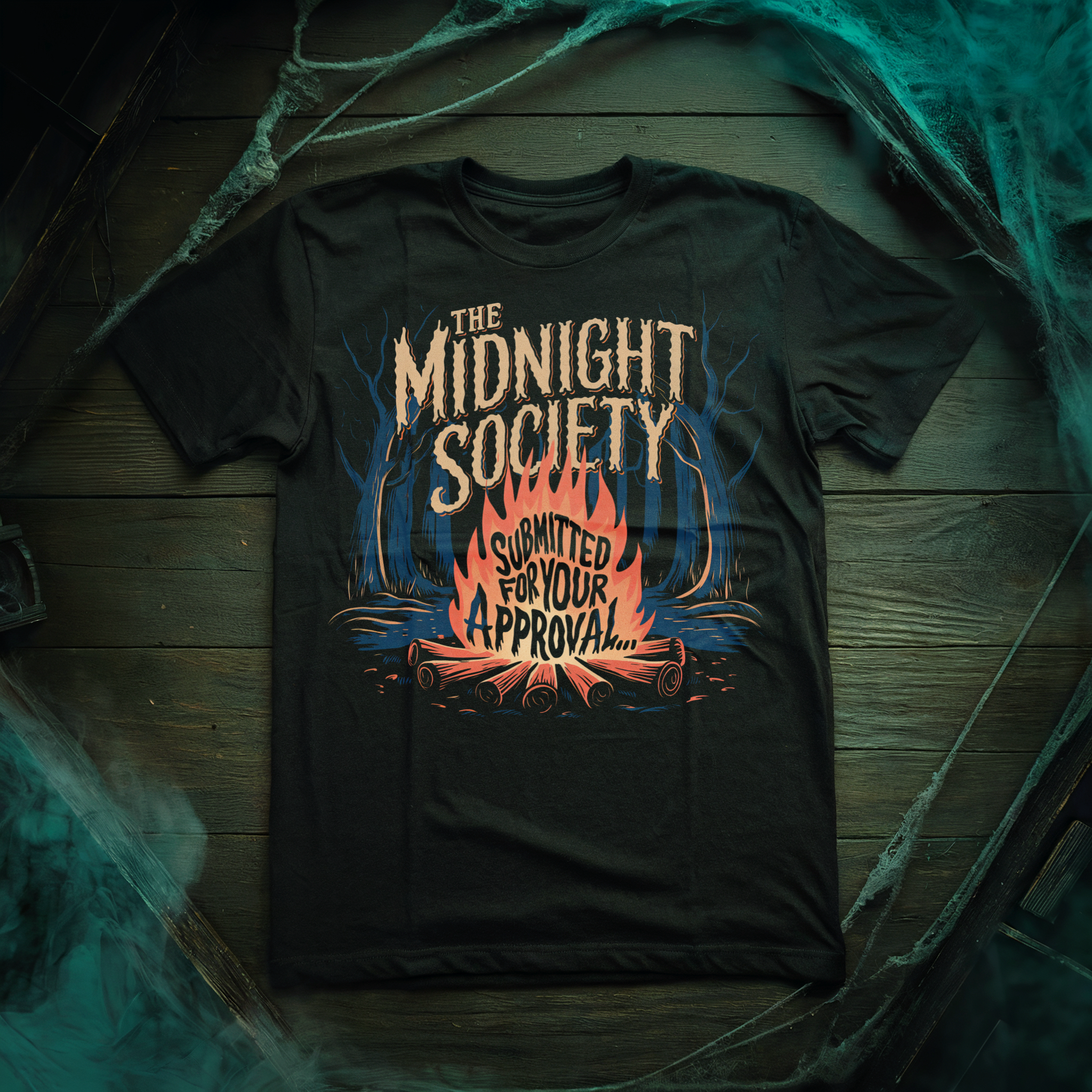It’s Greedy Guts month here on Nightmare on Film Street, and I’m on a real nostalgia kick. As you know, nostalgia is one hell of a drug. More often than not, we look back upon the films that had profound impacts on our lives years later, and realize that they’re not quite the masterpieces our ten-year-old selves thought they were. Maybe we notice the zipper seams on the costumes, or maybe the acting isn’t quite as convincing when you’re 27. Jurassic Park is not one of those times.
Sometimes, movies you loved as a kid come back to you as an adult with a brand new appreciation. You realize the monsters you were so convinced were real are actually…nope, they’re actually freakin’ real. In this month’s Making a Monster, we’re revisiting vicious monsters 65 million years in the making. Hold onto your butts as we explore the terrifying prehistoric menaces of Jurassic Park: The Velociraptors.
“Hold onto your butts as we explore the terrifying prehistoric menaces of Jurassic Park: The Velociraptors.”
NERD ALERT: Every so often you’ll run across an article, written by certified party poopers, who can’t wait to remind you that the dinosaurs of Jurassic Park are not accurate portrayals of their real-life counterparts. For those who haven’t read Michael Crichton’s novel, I’m very pleased to inform you that they’re really not supposed to. In the story, geneticists had to overcome gaps in the gene sequences from the recovered dinosaur DNA, due to deterioration from it’s extreme age.
These gaps were filled with pieces of frog DNA, as the public’s general acceptance at the time was that dinosaurs were essentially giant lizards. As Sam Neil’s Dr. Alan Grant says in Jurassic Park III, “Dinosaurs lived sixty five million years ago. What is left of them is fossilized in the rocks, and it is in the rock that real scientists make real discoveries. Now what John Hammond and InGen did at Jurassic Park is create genetically engineered theme park monsters, nothing more and nothing less.” With this, I declare the party officially un-pooped. Now lets get into it!
![jurassic park 1993 velociraptor hatching e1595876601523 [Making a Monster] Resurrecting The Deadly Prehistoric Menaces of JURASSIC PARK 11 jurassic park 1993 velociraptor hatching e1595876601523](https://nofspodcast.com/wp-content/uploads/2020/07/jurassic-park-1993-velociraptor-hatching-e1595876601523.jpg)
Veloc-Imposter!
Before we go in-depth into the movie magic behind the Velociraptors of Jurassic Park, it’s important to understand their original conception in the Michael Crichton novel. While everyone is aware that the dinosaurs we see in Jurassic Park are not a perfect representations of the prehistoric creatures, the raptors (in particular) were actually not modeled after their real-life counterparts much at all, at least not intentionally. Instead, Crichton chose a different dinosaur that better captured the fearsome nature he wanted, the Deinonychus. While the animal’s physical stature fit the bill, the author understood that the name didn’t exactly “slip off the tounge.” So, he borrowed a much fiercer name. In a New York Times interview with man who discovered Deinonychus, John Ostrom, the paleontologist describes a discussion with the apologetic Crichton on his choice.
“I was in my office when the telephone rang one morning. ”Professor Ostrom, this is Michael Crichton.” And we had a very interesting conversation. I had read ”The Andromeda Strain.” So he explained to me that he was writing another novel, and he was calling to find out about the creature that I had discovered in Montana a few years back, that he understood it was a meat eater. Could it run as fast as you or I, could it jump as high? I told him what I thought that this creature might do, or be able to do.
“Although the Tyrannosaurus Rex may get much of the attention in the film, it’s the Velociraptors that are the true menacing terrors in the film…”
The name I gave it was Deinonychus, which comes from the Greek and means ”terrible claw.” And Michael Crichton, in an apologetic way, explained that in the novel he decided to use the name Velociraptor, that I had said was the closest relative to the animal I had found. He said, ”It’s more dramatic.” And I said I recognize that most people are not familiar with Greek. Velociraptor everybody recognizes.”
As fate would have it, a larger species of raptor named the Utahraptor, which closely matched the size of the ones portrayed in Jurassic Park, was officially discovered the same year the film came out. The special effects wizard behind the film, Stan Winston, is said to have joked, “We build it and they discovered it. That still boggles my mind.”
God creates man. Man destroys God. Man creates dinosaurs.
Director Steven Spielberg and the fellow filmmakers behind Jurassic Park began design on the Velociraptors by contacting none other than Professor Ostrom, asking for as much information as possible on the Deinonychus. From there, multiple concept art pieces from Paleoartists Mark Hallett and John Gurche were presented, while Stan Winston Studios concept designer Mark “Crash” McCreery’s rough concept was chosen for the film, with the final sculpted design perfected by SWS artist Chris Swift.
Even with all of the twists and turns the Velociraptor design underwent, starting with Crichton’s novel, Spielberg was not quite finished. Originally, the director wished the dinosaurs to have forked tongues like a snake, making the animal even more horrific. However, paleontologist and consultant on the film Jack Horner talked him out of it. “Originally Steven wanted them to walk in flicking their forked tongues,” Horner told Business Insider. “I said, ‘No, no you cannot do that.'” While much creative license was obviously used, Horner understood this, and the two never really butted heads too hard. In fact, the raptors contained designs that were progressive for the time, specifically the scene in which the raptor’s breath fogs a window. “The dinosaurs in Jurassic Park were explicitly warm-blooded,” paleontologist Scott Persons added to the Business Insider piece. “That was critical because at the time, that was controversial.”
https://www.youtube.com/watch?v=qLceoQGfK-c
Industrial Light and Magic Strikes Again
If you read last month’s piece on ILM’s work on Twister, you will find quite a few parallels in that story here. The Velociraptors, among all the other dinosaurs of Jurassic Park, were originally to be crafted via stop-motion animation and puppets from former Industrial Light and Magic VFX artist Phil Tippett. However, after Tippett’s former employers showed Spielberg proof-of-concept footage of their CGI capabilities, Tippet knew his time was up, famously quipping “I’ve become extinct!” This wasn’t the case, though, as Tippett’s vast understanding of the animal’s movements and VFX background landed him the role of official “dinosaur supervisor” (you had ONE JOB, Phil!) for the film. In fact, the artist’s methods were specifically used as a basis for ILM’s computer graphic artists to generate the correct movements for the animals. You can see this original footage, which may be even more terrifying than the actual film, right here!
To understand the process in which this combination of Tippett’s work and ILM’s technology was used, this excerpt from ILM’s “Making Of” page brings clarity.
Even though stop motion would no longer be used for the final-effects work, Phil Tippett and his team — led by Tom St. Amand and their years of animation experience — would prove invaluable to the endeavor. Working with ILM’s machine shop and R&D group, St. Amand came up with the idea to produce traditional stop-motion armature equipped with motion encoders that, when paired with ILM’s Tondreau Go-Motion™ system, would enable the translation of stop-motion moves into digital data that the ILM team could apply to the CG models in Softimage. The technology proved to be a unique bridge between analog artistry and the new digital frontier.
In all, a total of six minutes of computer-generated graphics were used in Jurassic Park, which may not seem like a lot on the surface considering today’s technology, it was an absolute triumph for 1990’s technology.
Spared No Expense
Aside from the breakthrough computer graphics, an entire buffet of visual effects were used in Jurassic Park, including life-size animatronics, puppets, and even a full-size raptor suit. All these methods likely fared much better than one supposed idea from director Steven Spielberg, which was to fit prosthetic heads onto chickens he owned and unleashing them to wreak havoc on scaled-down stages.
Stan Winston Studios was tasked with the Velociraptor practical effects, which included two full-size raptor body suits. Make-up effects character creator John Rosengrant, who portrayed the raptors with the aforementioned concept designer Mark McCreery, noted in a fascinating breakdown from the studio how taxing the job was.
“My back would go out after about thirty minutes,” Rosengrant said, “and that was after having trained a couple of hours a day for weeks. That training wasn’t just to protect my back, though; it was also to make sure I could do the job once we were on the set. When you do suit work, everybody is counting on you.”
In addition to the article, Stan Winston Studios released a short behind-the-scenes video of the actual production of the suit, narrated by Rosengrant himself, which you can watch right here!

Aside from the body suit, an animatronic insert head was used in every scene the Velociraptors had in Jurassic Park. Cable puppets and even lower torso/leg extensions were used (remember the kitchen toe-tap scene?), with Rosengrant once again wearing the equipment.
While we’ve covered the design and creation of the little devils of Jurassic Park, what about the spine-tingling sounds they made? In an interview with Vulture, sound designer Gary Rydstrom divulged the secrets of the snarls and hisses of the Raptors, and they’re really something.
It’s somewhat embarrassing, but when the raptors bark at each other to communicate, it’s a tortoise having sex. It’s a mating tortoise! I recorded that at Marine World … the people there said, ‘Would you like to record these two tortoises that are mating?’ It sounded like a joke, because tortoises mating can take a long time. You’ve got to have plenty of time to sit around and watch and record them.
It doesn’t stop there. Horses were used for the snorting sounds. How about those terrifying hisses, including the one game warden Robert Muldoon hears before he’s devoured by our favorite “clever girl”?.
That’s a goose. Birds make pretty raspy sounds, but geese are famous for being the nastiest. You’ve got to get a goose mad and then they hiss at you, and it doesn’t take much to get a goose mad because they seem to get mad at everything. All you have to do is get close to one and stick a mic near its beak and you’ll get that hiss, and that’s the hiss that Muldoon hears before he dies.
“You Crazy Son of A B****, You Did It.”
Jurassic Park speaks for itself, really. One of the most successful and beloved films of all-time, it’s very difficult to find a more visually beautiful and convincing display of filmmaking than what’s found in the film. Although the Tyrannosaurus Rex may get much of the attention in the film, it’s the Velociraptors that are the true menacing terrors in the film, right from the opening scene. Similarly to Twister, I doubt we will ever see such a stunning combination of practical and visual effects, as the recent Jurassic World films have relied almost exclusively on CGI. And I’m sorry, fiends, it’s just not the same. It’s a little depressing, but it serves as a good reminder to appreciate the incredible work and effort of those involved in the making of Jurassic Park.
Did the Velociraptors scare you as a child? Do they still? IS THERE ONE BEHIND YOU RIGHT NOW? Let go of your butts long enough to head on over to Nightmare on Film Street’s Twitter, Facebook, and Reddit to continue the discussion!





![jurassic park 1993 raptor clever girl e1595878027198 [Making a Monster] Resurrecting The Deadly Prehistoric Menaces of JURASSIC PARK 10 jurassic park 1993 raptor clever girl e1595878027198](https://nofspodcast.com/wp-content/uploads/2020/07/jurassic-park-1993-raptor-clever-girl-e1595878027198.jpg)



